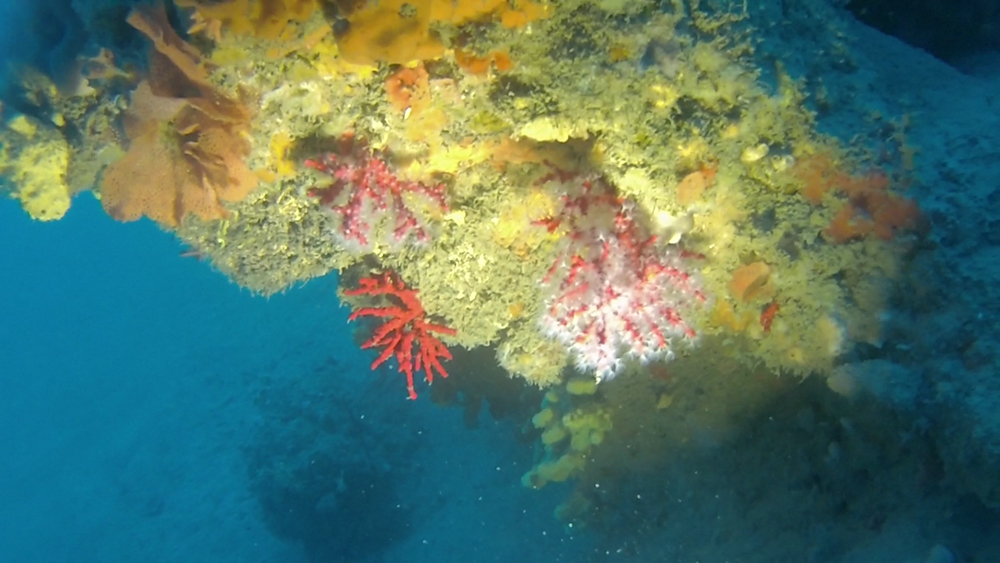Red coral or precious coral - Corallium Rubrum
Red coral, precious coral (Linnaeus, 1758), is a octocorallo of Coralliidae family, common in the Mediterranean and eastern Atlantic. Corallo Rosso Red Coral Corallium Rubrum Cnidari Cnidarians
Etymology
It is thought that the word derives from the greek coral koraillon, ie “hard skeleton”, for others it always greek kura-halos, ie “human form” and others, finally, derive the word from Hebrew goral, name used for the stones used for the oracles in Palestine, Asia Minor and the Mediterranean, including the dominant role was played precisely by the corals.
Distribution and Habitat
Red coral is the only species of the Corallium genus living in the Mediterranean, from Greece and Tunisia to the Strait of Gibraltar, Corsica, Sardinia, Sicily and the Balearic including, but has also spread in the Eastern Atlantic in Portugal, Canaries, Morocco and Cape Verde Islands, usually up to 200 meters deep in dimly lit places with little vegetation.
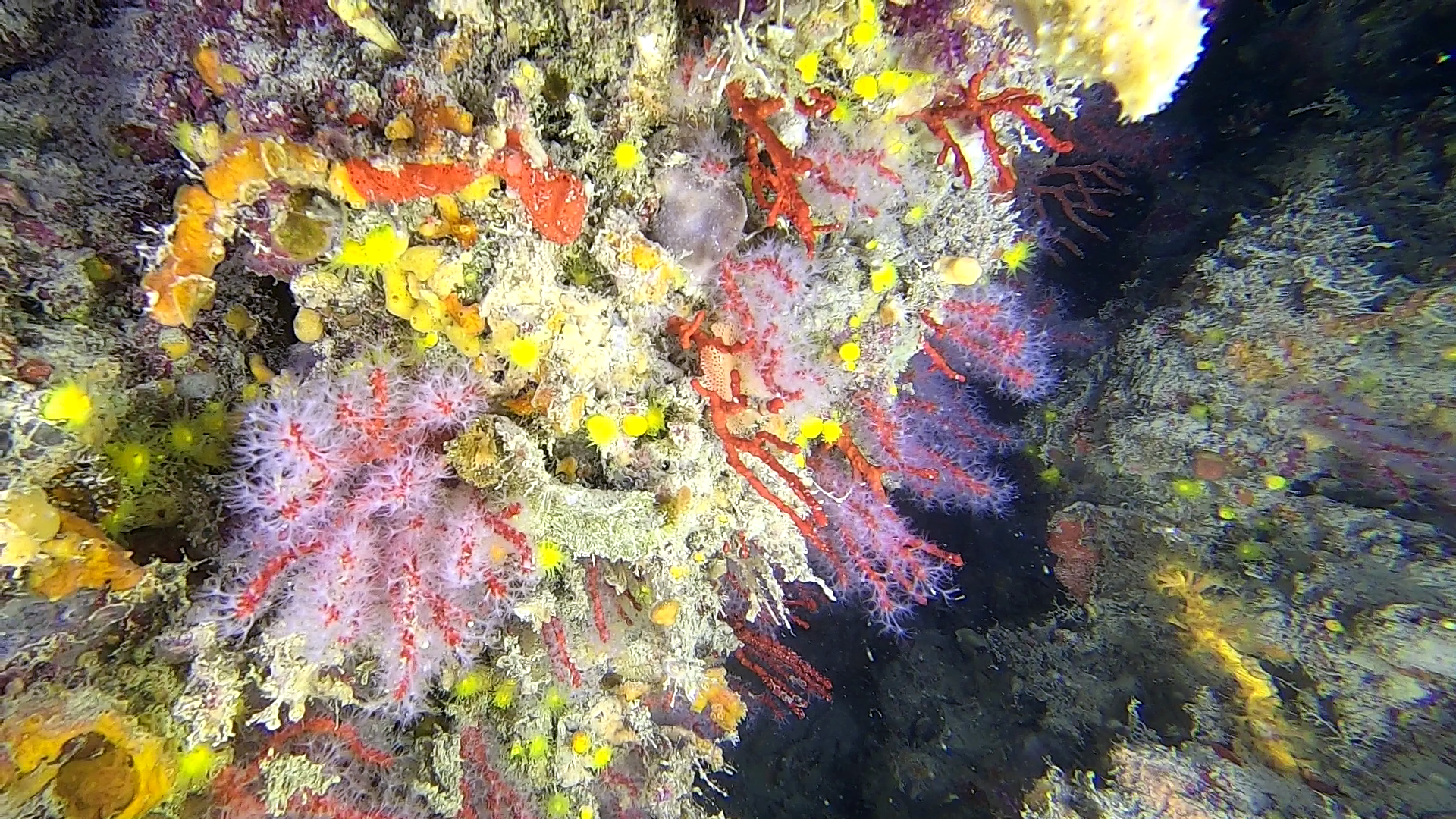
Corallim rubrum is considered an endemic species of the Mediterranean, although some populations have been reported in Portugal and Cape Verde.
It needs special living conditions: constant salinity (which must be between 28% and 40 ‰, depending on the location and type of coral), reduced water movement and subdued lighting. The rate of sediments in suspension in the water, if too high, which limits its survival.
Therefore preferably living in shady and sheltered places (semi-dark caves, overhangs, crevices of rocks), from the depth of 20-30 meters up to 200 meters. Exceptionally it can be observed at shallow depths (4 m) and was also reported at depths up to 800 m. It can be found in large quantities, in the caves of the areas of Porto Conte, Capo Caccia and Punta Giglio in the north-west of Sardinia, in the territory of Alghero: for these reasons, the territory of which the Sardinian city is the capital of the Riviera takes the name of the coral (which is also called the airport Alghero Airport which is close to Fertilia).
In Liguria, in the Portofino Marine Reserve, the presence of red coral is continuous throughout the southern slope between 15 and 45 meters deep, also with 200 colonies per square meter. The reduced size of the colonies associated with the high density causes the more superficial populations are not characterized by a high economic value.
Precious coral is a species with a very slow growth. Studies on growth rates have shown the colonies to grow by an average of 0.25 to 0.66 mm in basal diameter.
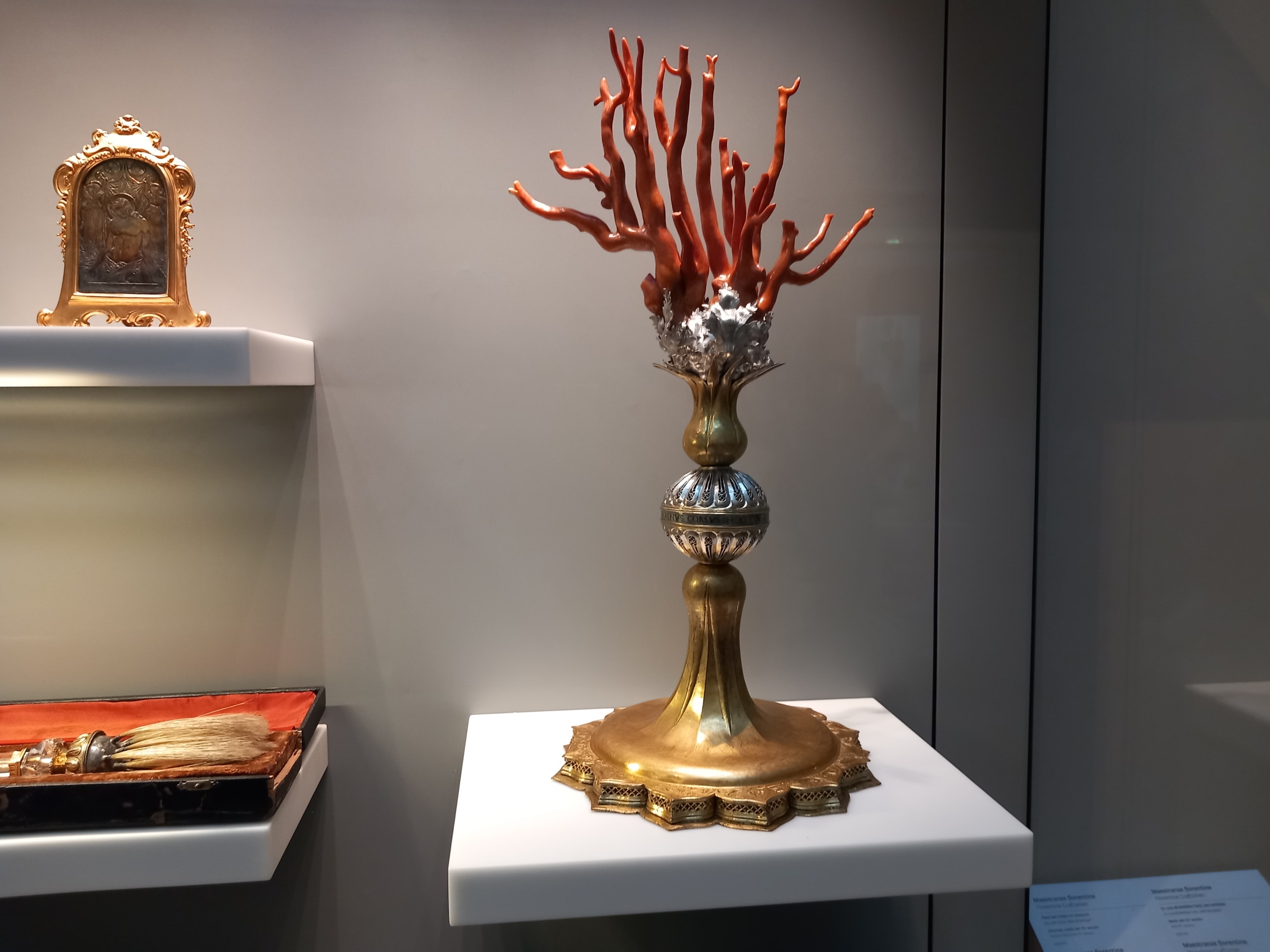
Description
Form branched colonies, which can exceed 20-30 cm in height, generally bright red, but sometimes pink. rarely observed colonies completely white albino.
The polyps are white and transparent, only a few millimeters long, with eight pinnate tentacles edged appendages, visible when they are everted for catching some food.
The limestone skeleton, rough and researched as material for the construction of jewelry, is covered with a soft tissue layer called the cenosarco, which is removed for processing and polishing for the production of jewelry and artistic sculptures.
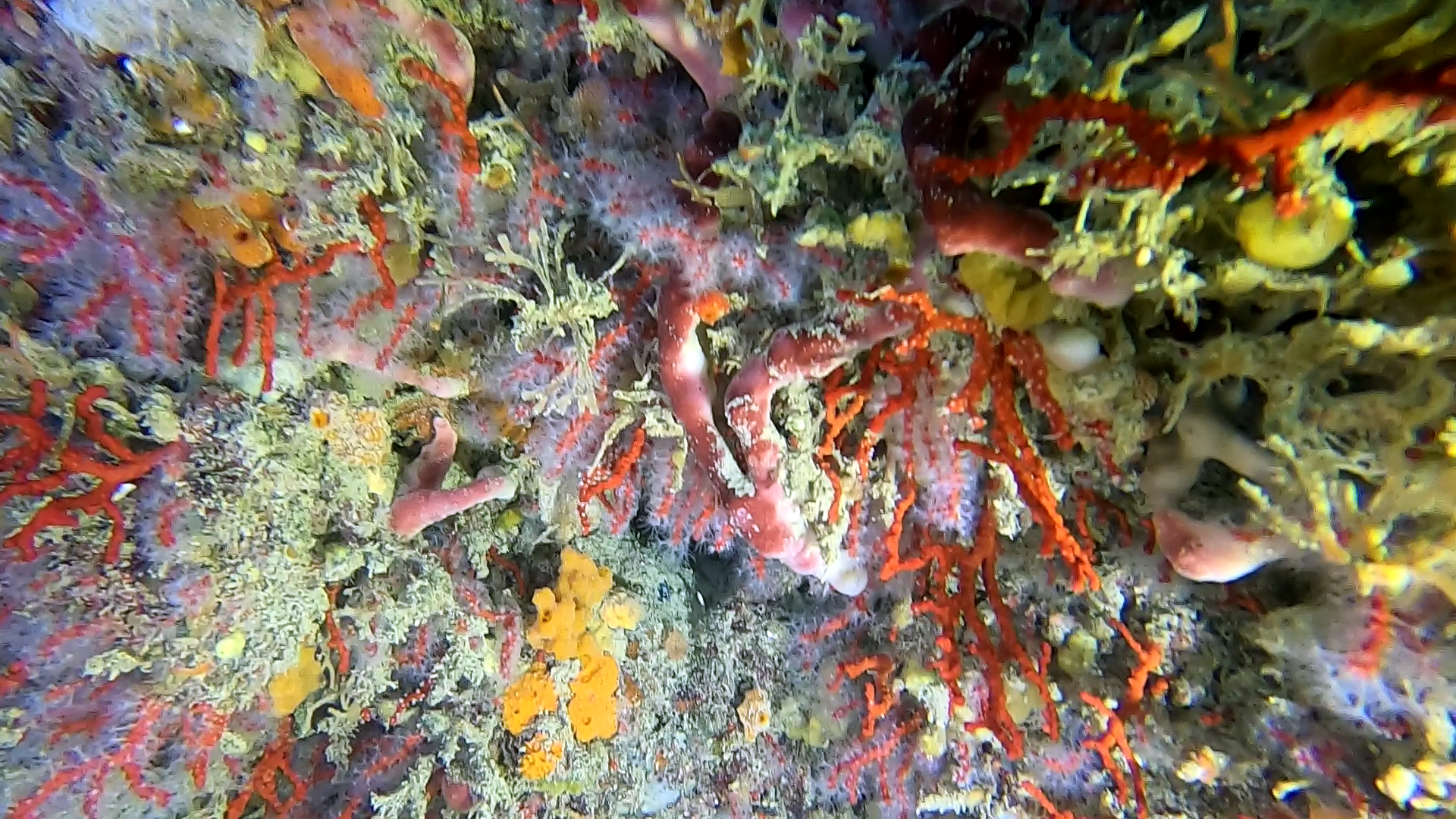
Biology
Supply It feeds on plankton and suspended organic matter captured by the tentacles of polyps. These are covered with thousands of ectodermal cells, typical of Coelenterates and gave cnidoblasti, containing a stinging substance that paralyzes the prey.
Reproduction and growth
It plays, because you sexed both asexual, releasing larvae (planulae) who, after a planktonic phase lasts about a month, they are fixed to the substrate.
It has a growth of about 3-4 cm per year in height and 0.25 to 0.60 mm per year in diameter and this makes it particularly vulnerable to human collection, once operated by destructive methods ; Today in Italy there is a selective type of fishing, carried out in water directly from the sub, which allows, if done wisely, to maximize the yield of fishing with only the choice of the largest branches while allowing the preservation of the species.
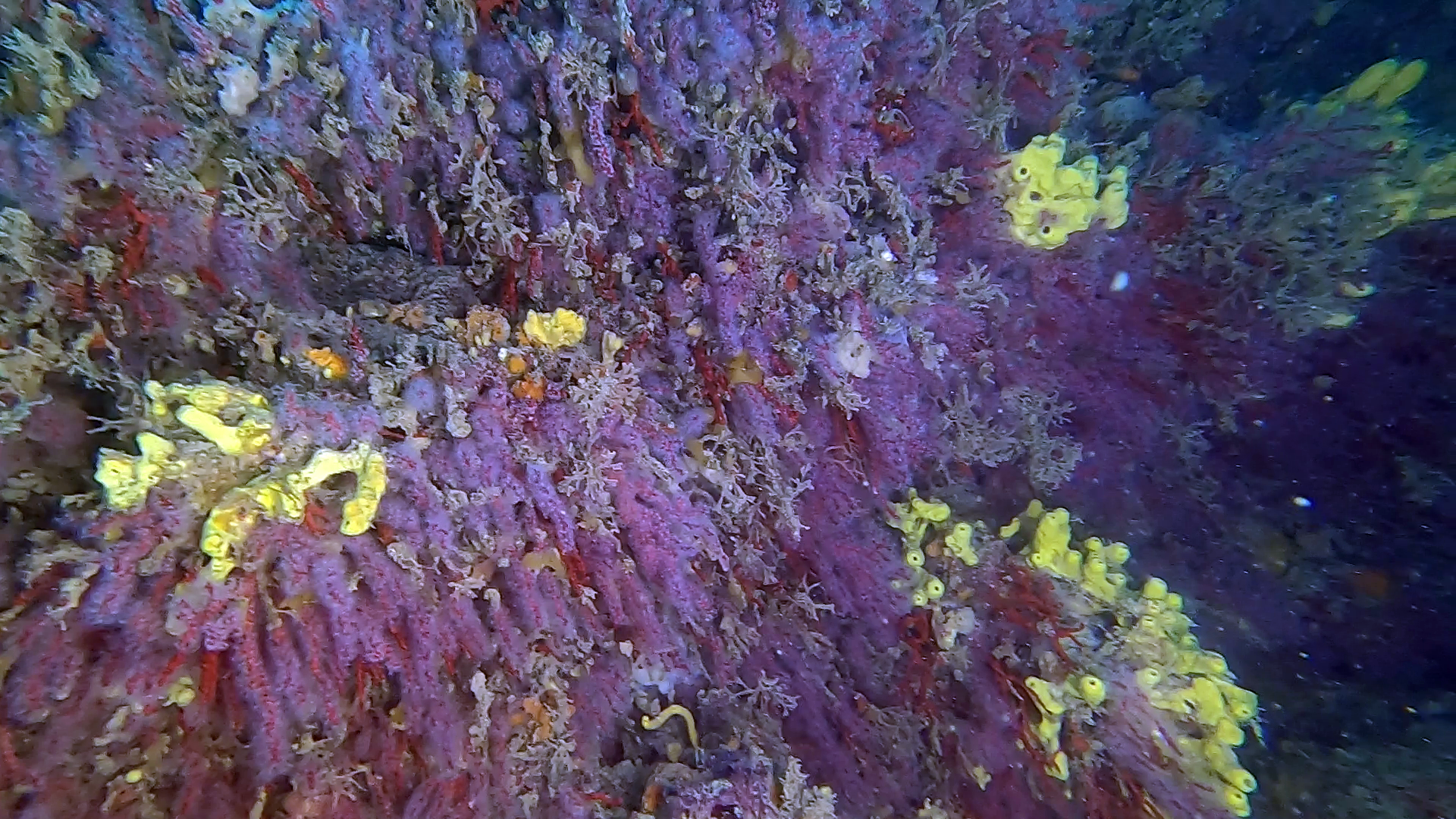
Ecology
Many species belonging to different phyla living on or in close association with colonies of red coral.
A recent study of mollusks associated with precious coral showed that among the most common species living on it is definitely Pseudosimnia carnea, a gastropod belonging to the family of ovulidae and several species of Muricidae, including Ocinebrina paddeui, today species endemic to the colonies of red coral of Alghero, and numerous Coralliophila spp.
https://it.wikipedia.org/wiki/Corallium_rubrum
Gallery
Video Gallery
Palinurus elephas, Corallium rubrum, Scorpaena scrofa, Savalia savaglia, Anthias anthias

